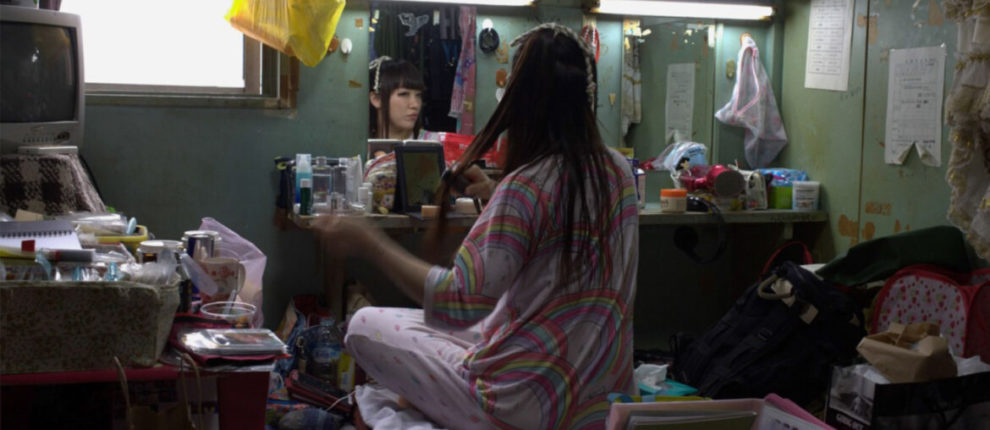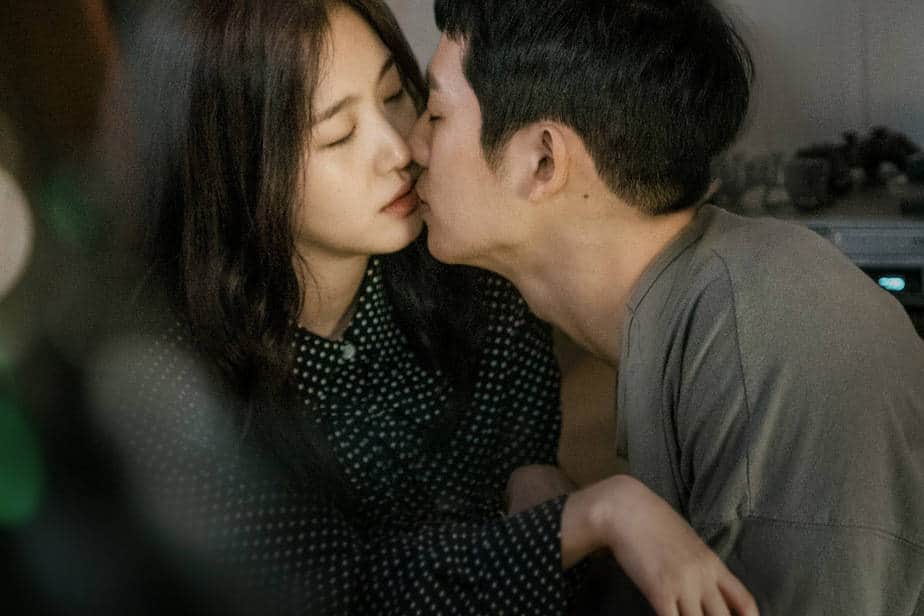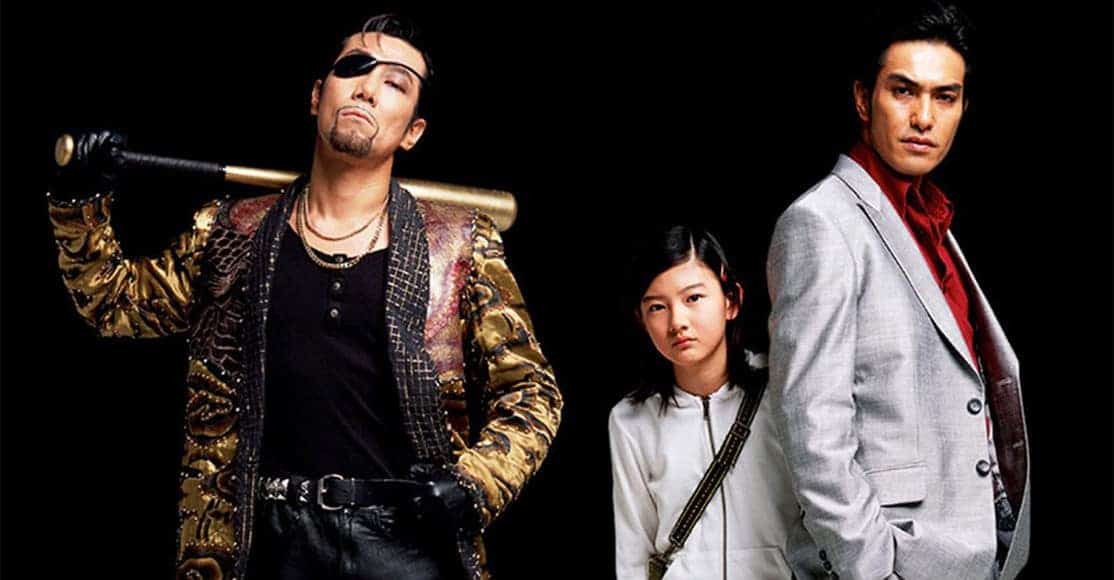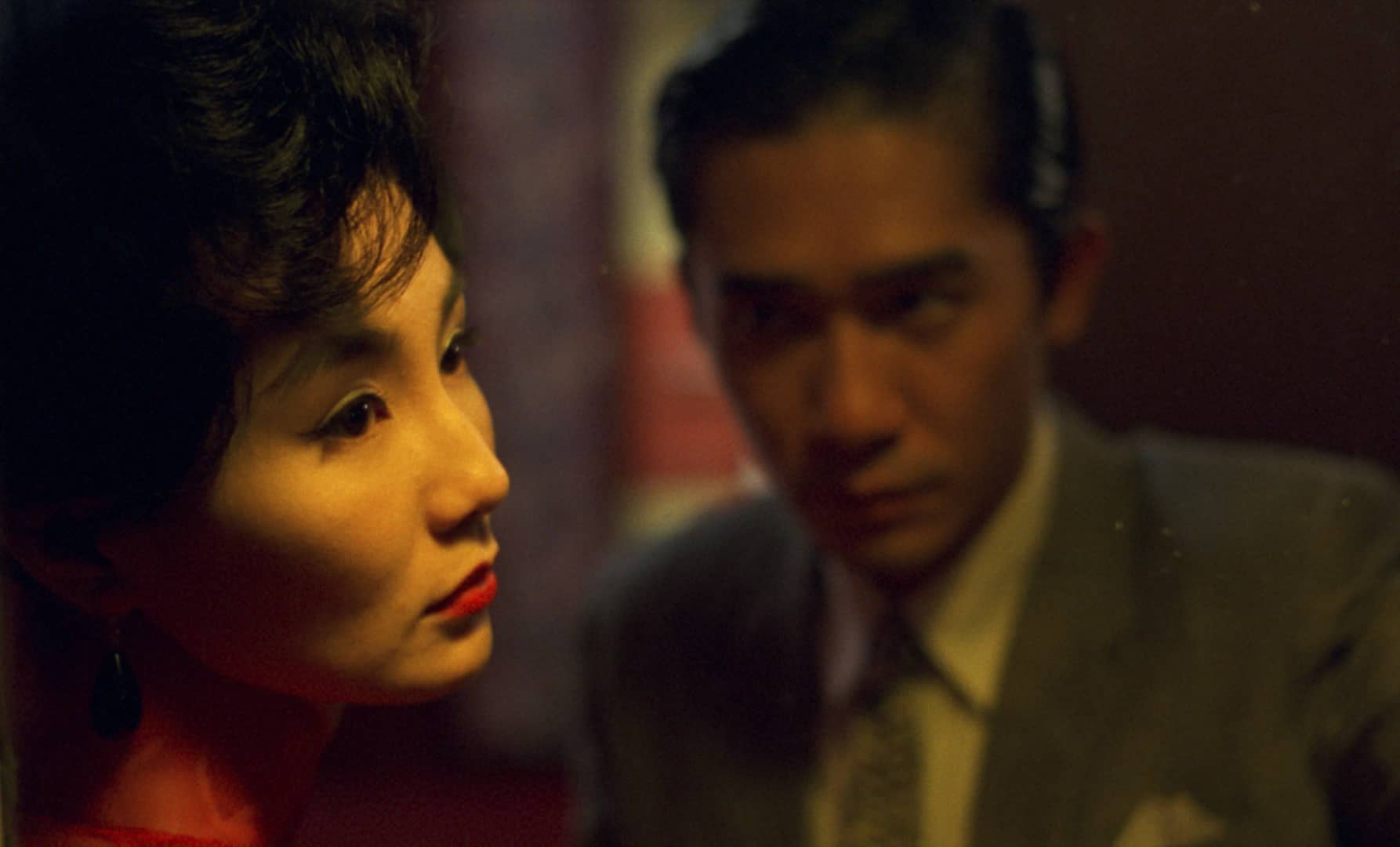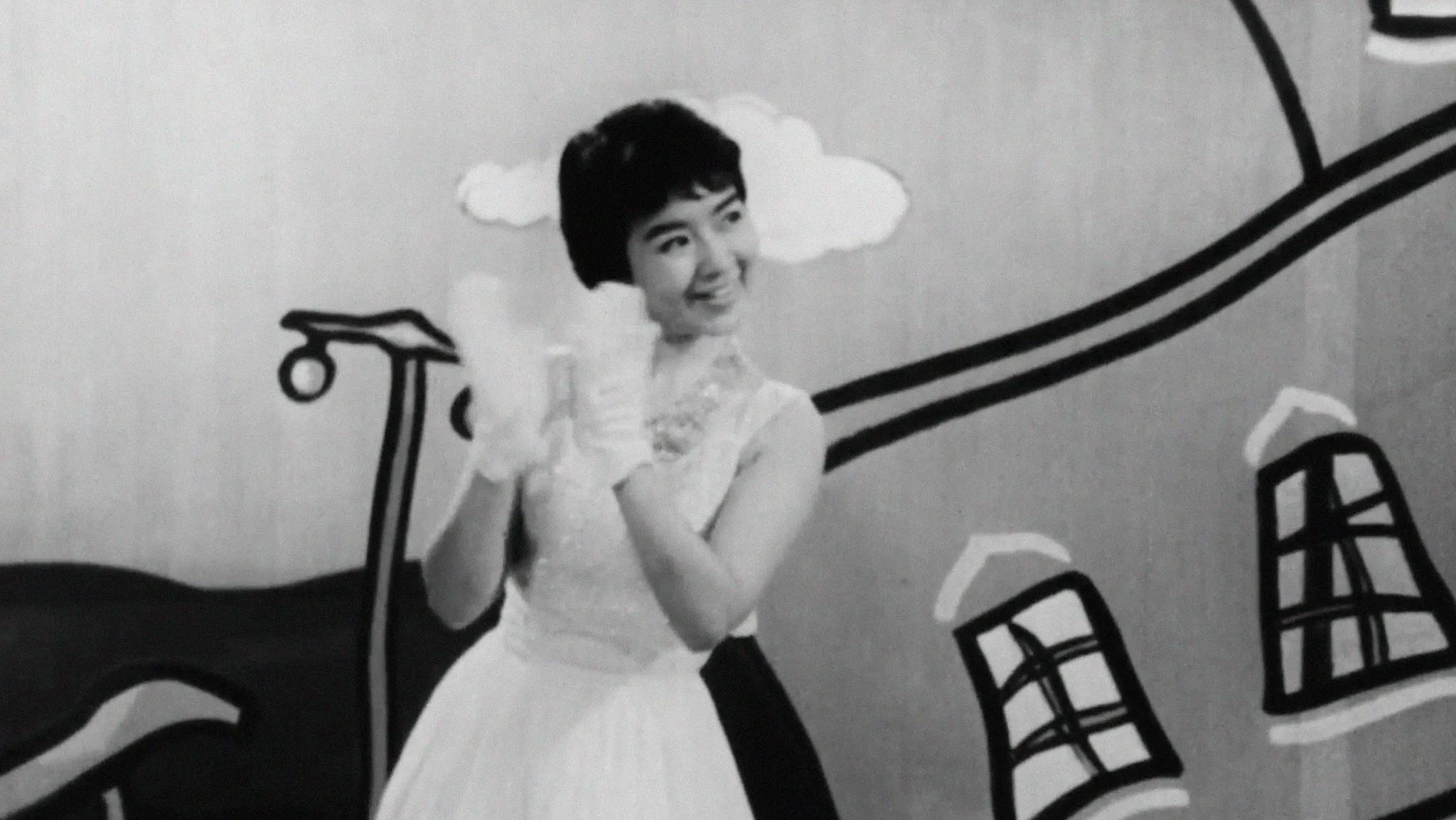As the 2019 feature “Dancing in Her Dreams” so eloquently depicted, the age of strip clubs in Japan, and the particular dancers, the ‘odoriko' is almost at its end, with the parlors closing and the numbers of professionals deteriorating in number every year. Yoichiro Okutani sheds a more realistic light on the whole concept, by focusing on the current lives of a number of performers.
“Nude at Heart” is screening in Yamagata International Documentary Film Festival

Through a number of interviews with odoriko for the most part, most of which are shot with the director shooting from the background while the dancers putting on makeup or fixing their hair on a mirror, Okutani creates a series of portraits, which, when examined as a whole, paint a rather detailed picture of the concept of strip dancing in Japan nowadays. In that fashion, a number of them talk about the good old days, occasionally even whining about the fact, when the whole concept was something truly elevated as an art, and the plethora of joints hosted the hundreds of dancers, who perceived their dancing first and foremost as an art and then as a way to make money. According to a number of veterans, the exact opposite is applying today, something that might as well be true, since many young dancers consider the job part time, having other jobs, being athletes or full time moms.
Also rather interesting is the realistic approach in their everyday life, that had them living and eating under the same roof of the parlor even for days (one of them actually mentions that she performed for 80 days straight), since there were occasions when they had to perform three times a day. A woman who has been working as an assistant talks about their eating habits, how the elders taught the younger how to cook, while always putting both them and the assistants on errants.
Hikaru Wakao, a legendary older odoriko also has a significant part in the documentary, through her stories, her continuing career, her complaints about the lack of audience, and through the testaments of other dancers about their interactions with her, including choreographies she made for them.
The overall atmosphere, despite the beauty of the occasional performance interspersed throughout the film, is one of decrepitness with some splashes of nostalgia, as mirrored in the rundown parlors, the lack of audience and the evident knowledge of the all those still working in the field that the concept of the odoriko is coming to an end. On the other hand, that the women working as odoriko are not different from any other working women, is also highlighted, in a comment that emphasizes the permeating realism of the movie.
Okutani's filmic approach is quite interesting, since, having gained the trust of his “subjects”, he has placed his camera in a way that focuses on their everyday life, in a way that can be perceived as peaking, through the distance he usually keeps, but also as peeping, since the girls are quite frequently naked, and in one instance, one is actually embarrassed finding him shooting her nude. This approach, however, particularly since the dancers and the rest of the participants do not seem to acknowledge the camera at all, adds to the overall realism, as we even listen to the protagonists talking about their relationships or even how sensitive their nipples are.
The editing, which combines the aforementioned shots with the interviews, which occasionally look like monologues, and the performances, works quite well for the documentary, adding to the entertainment it offers through their interchange. At the same time, however, at 106 minutes, the movie somewhat overextends its welcome, even though there are not exactly sequences that should be cut completely but rather a number of ones who could be briefer.
This, however, is the only major issue in an otherwise excellent film, which presents a concept that might as well become completely obsolete in a few years, thus fulfilling one of the main purposes of the medium.


